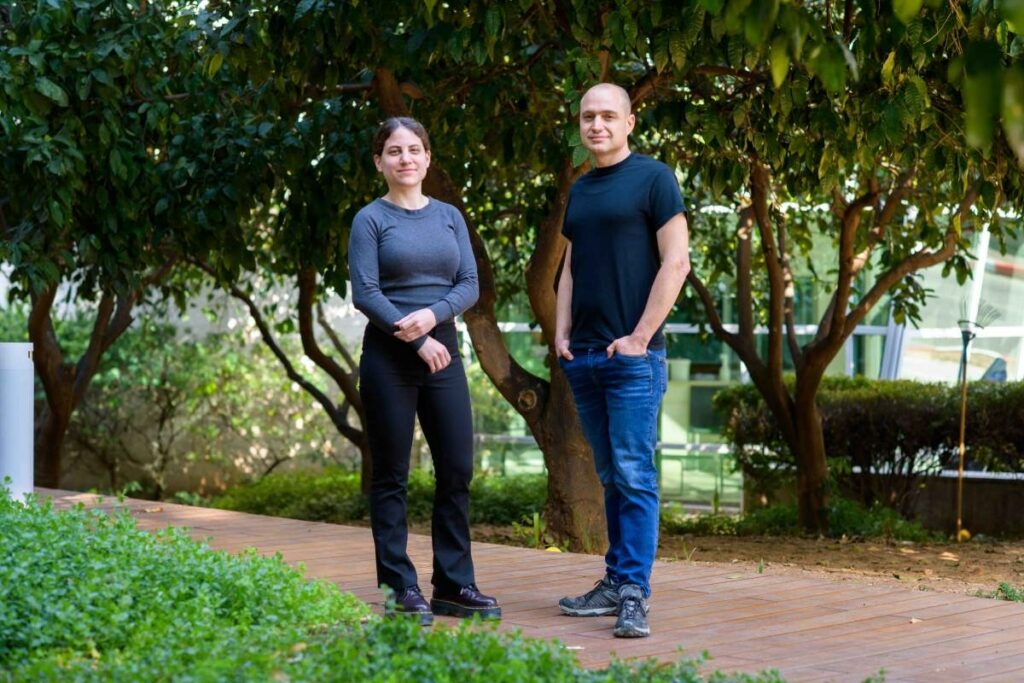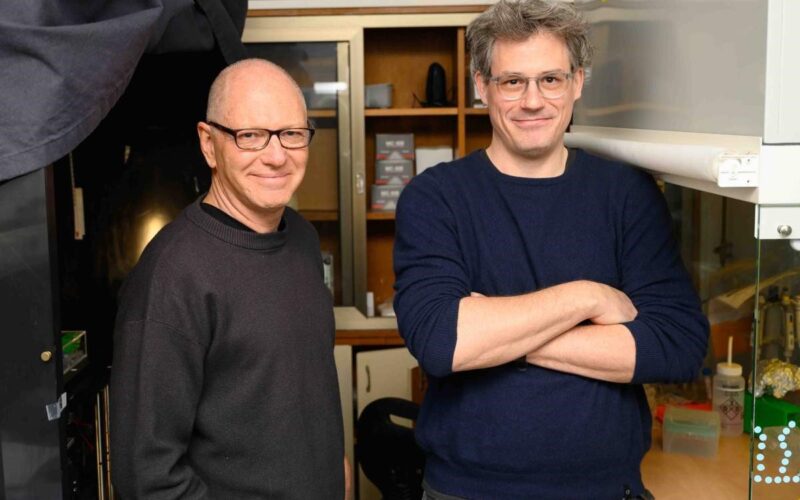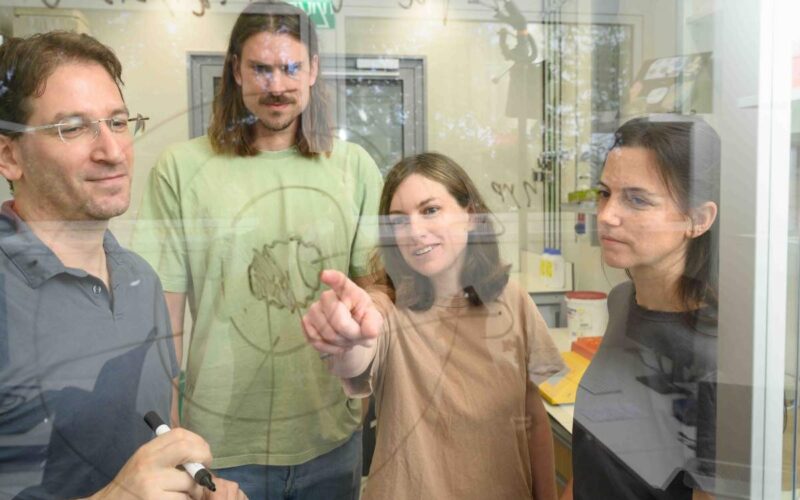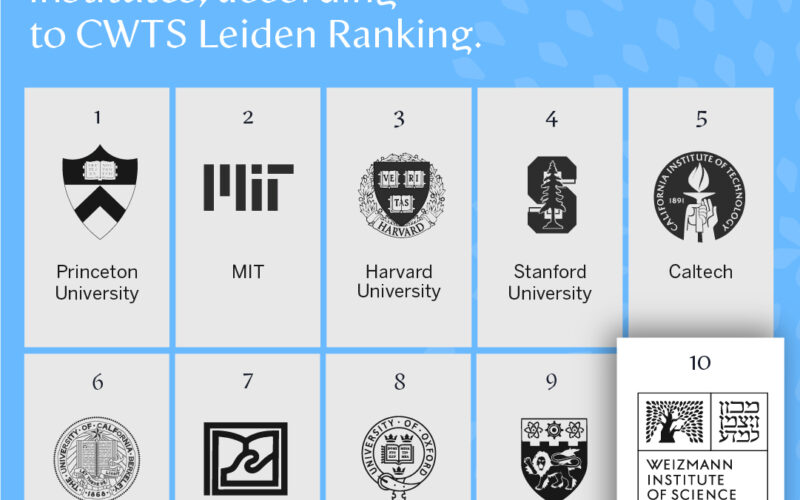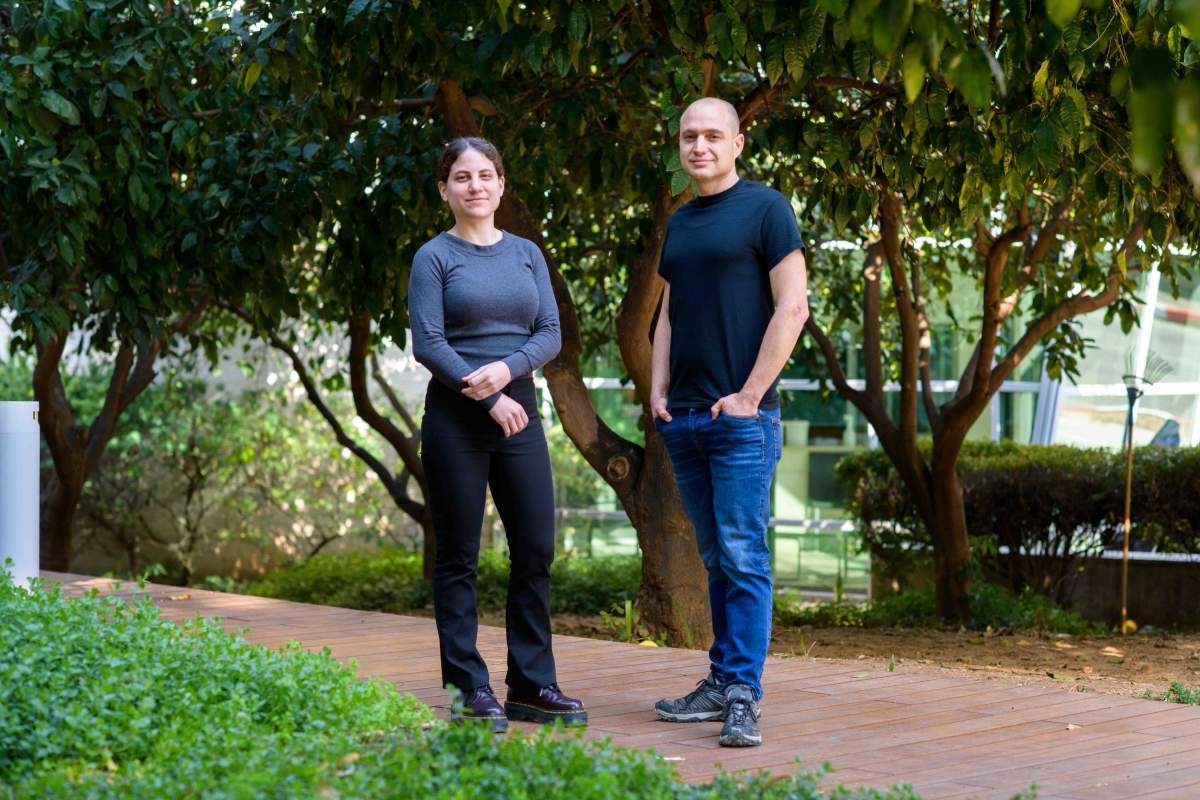
June 14, 2023
Mysterious macrophages, found to rapidly digest dying B cells, may hold clues to future treatments of autoimmune disorders new Weizmann research shows.
Parents tell their children to eat all the food on their plate, down to the last crumb. Certain cells within our lymph nodes, like obedient children, diligently follow this instruction. Although these cells – a subtype of macrophages, or “big eaters” – were first described in 1884 by German biologist Walther Flemming, their origin and mode of operation had until now remained a mystery.
In a study published in the Journal of Experimental Medicine, a team of researchers headed by Professor Ziv Shulman of the Weizmann Institute of Science has made discoveries that largely demystify the tingible body macrophages (TBMs). These tingible (i.e., stainable) cells turn out to eat every last morsel of another type of immune cell, to help protect our bodies from harm.
The cells bound for the dinner plate are the antibody-producing B cells, which reside in lymph nodes in readiness for invasion by pathogens such as viruses or bacteria. When an invasion occurs, they become active, divide rapidly and enter transient structures called germinal centres. These centres, situated in designated niches within lymph nodes, are ‘training camps’ in which the B cells hone their defences against a particular enemy.
The B cells undergo an accelerated evolution of sorts, experiencing random mutations a million times faster than normal cells, a process that increases the binding capacity of the antibodies they produce. On rare occasions, however, other B cells may evolve to produce autoantibodies that target and harm the body’s own healthy tissues instead of pathogens.
By the end of the ‘training program’, cells that have undergone beneficial mutations survive for the most part, whereas those bearing ineffective or even harmful mutations commit “suicide” through a mechanism of programmed cell death. All these dead B cells, though inactive, can still give rise to harmful antibodies. How is this prevented?
That’s where the ‘big eaters’ come into play. In the new study the team, led by research student Neta Gurwicz of Weizmann’s Systems Immunology Department, used genetically engineered mice to uncover the TBMs’ eating patterns and diet. Genes for two different fluorescent proteins were used to mark the ‘big eaters’ in shiny green and the B cells in their training camps in bright red. As expected, a week after the mice were vaccinated so as to activate the B cells, training camp sites opened within lymph nodes, and B cells began to multiply, mutate and undergo selection. Through microsurgery, the scientists exposed lymph nodes in the mice’s knees and then attached an advanced microscope with a resolution of one millionth of a meter that enabled them to observe biological processes inside a living body.
During this real-time broadcast, the team watched B cells moving constantly inside the training camp, while the “big eaters” stayed put in the vicinity, occasionally reaching out with octopus-like arms to grab dying B cells and engulf them. The TBMs did so at a fairly rapid rate: Each TBM captured a B cell around once every 10 minutes. Using a computer model, the scientists predicted that cleaning a single training camp of all its dying cells would require about 30 TBMs. In the live broadcast, an average of 25 TBMs were observed in each camp, indicating that the cleaning mechanism is indeed effective and thorough.
Lymph node recycle bins
Next, the researchers asked whether TBMs are choosy. Do they digest any B cell passing by, or do they prefer to snack on those within the training camps? The team discovered that when exposed to inactive B cells, TBMs did not “swallow the bait,” focusing solely on the mutating B cells.
Still, one question remained – where do TBMs come from?
To solve that riddle, the scientists replaced the mice’s immune system by first irradiating them, then introducing into their bone marrow progenitor blood cells carrying genes to colour the future TBMs green. When training camps emerged in the lymph nodes in response to the vaccination, 75 percent of the nearby TBMs were green, revealing that their origin is indeed in the bone marrow. But the green cells only appeared around those training camps a few weeks after vaccination, raising the possibility that their journey included a stopover.
This research also reported in Medical X-Press and Neuroscience News.
